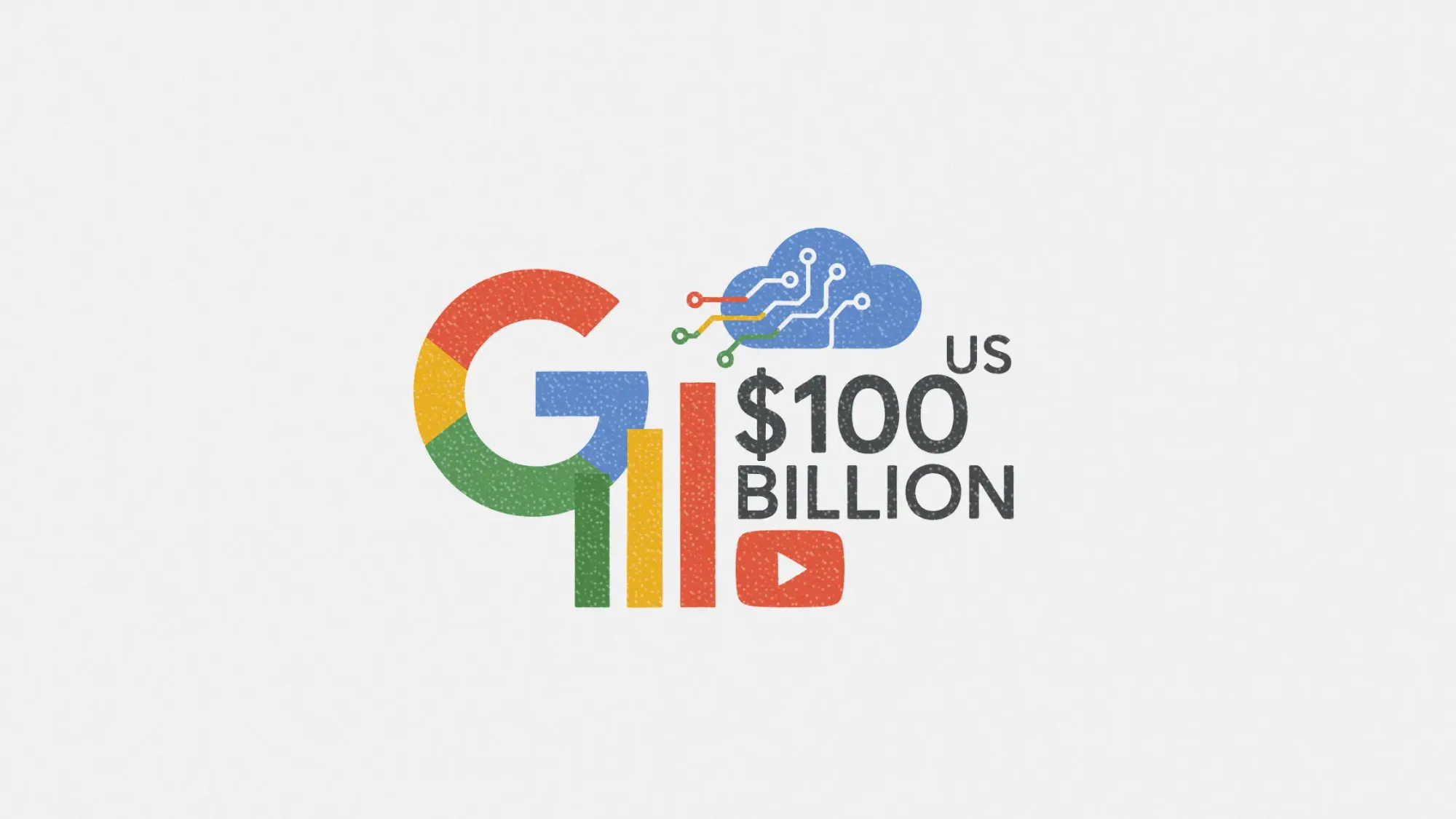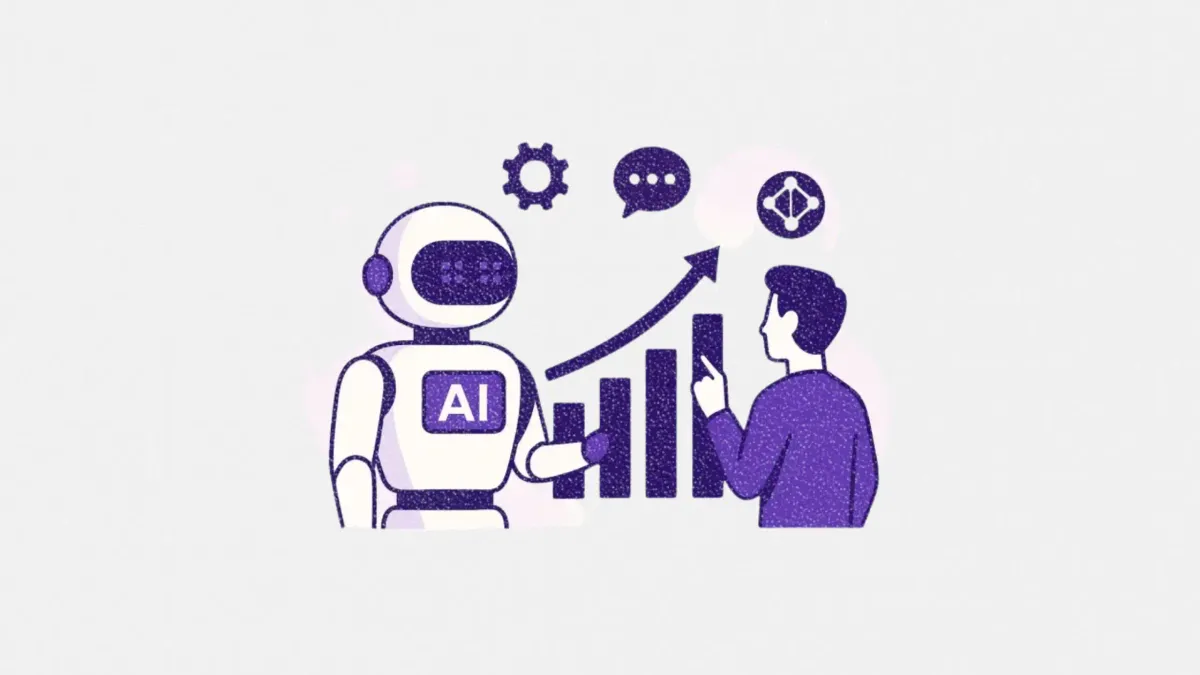Google tops US$100B in a quarter for the first time
Google’s first-ever US$100B quarter offers key lessons for marketers watching AI and adtech

Google parent company Alphabet has entered a new financial era. For the first time in its 27-year history, it reported quarterly revenues exceeding US$100 billion, driven by strong momentum across AI, Cloud, and YouTube.
The milestone arrives amid mounting antitrust pressure in the U.S. and escalating scrutiny of Google's advertising dominance. But instead of stalling, the tech giant appears to be accelerating.
This article explores how Alphabet hit this financial high, why AI is the central growth engine, and what the news signals for marketers navigating Google’s expanding ecosystem.
Short on time?
Here’s a table of contents for quick access:
- Google’s Q3 by the numbers
- AI is driving new search behavior
- Cloud adoption climbs alongside AI integration
- What marketers should watch next

Google's Q3 by the numbers
Alphabet posted US$102.3 billion in revenue for Q3 2025, up 16% year-over-year. Profits followed suit, with earnings per share climbing 35% to US$2.87. Google Services, including Search, YouTube ads, subscriptions, platforms, and hardware, brought in US$87.1 billion.
Google Cloud saw the fastest growth, generating US$15.2 billion, up 34% from the same period last year. YouTube ad revenue rose 15% as the platform added live NFL programming to its content portfolio.
This marks the first quarter in which Alphabet crossed the US$100 billion line. For context, the company’s revenue five years ago was just over US$50 billion. CEO Sundar Pichai highlighted the doubling of topline performance as a sign the company is “firmly in the generative AI era.”
AI is driving new search behavior
Google’s investment in AI infrastructure appears to be paying off. During the quarter, the company scaled its AI-powered Search experience, rolling out “AI Overviews” and “AI Mode” to more global markets.
The effects are showing in user behavior. Pichai told investors that AI Overviews are “driving meaningful query growth,” especially among younger users. Daily active users of AI Mode have now topped 75 million, and Google says these tools are leading to higher volumes of commercial-intent queries.
Across its AI stack, Google is now processing more than 1.3 quadrillion tokens per month, a 20x increase from the same time last year. The company’s Gemini model family, which underpins many of these experiences, now counts over 650 million monthly active users, with queries tripling since Q2.

Cloud adoption climbs alongside AI integration
Google Cloud continues to emerge as a growth engine in parallel with the company’s AI push. The business unit saw 34% year-over-year growth in Q3, as more enterprise customers integrated Google’s AI products into their workflows.
According to Alphabet, over 70% of its Cloud customers are now actively using Google AI tools. The company credits some of this growth to its infrastructure partnership with Nvidia and its ongoing buildout of custom Tensor Processing Units (TPUs).
While Microsoft and Amazon still lead in market share, Google Cloud’s performance signals growing trust in its AI-enhanced services and an opportunity for marketers exploring infrastructure or data strategies around generative AI.
What marketers should watch next
Marketers shouldn’t see this as just another quarterly earnings update. Google’s financial performance is a signal flare for where the broader digital landscape is headed.
1. AI search is reshaping content and commerce
With AI Overviews and AI Mode driving commercial-intent queries, SEO and paid strategies will need to adapt. Marketers should closely track how ads are being integrated into these experiences and how AI alters user behavior in the discovery funnel.
2. Cloud and AI tools are fusing
If you're using Google Cloud, expect tighter integrations with Google’s AI ecosystem. From data pipelines to customer experience tools, marketers working with tech teams should assess how AI capabilities can be embedded into existing martech stacks.
3. YouTube’s ad inventory keeps evolving
The 15% lift in ad revenue, partly driven by live NFL content, signals a growing focus on premium and live programming. For marketers, this could mean more high-intent video ad opportunities and a push to rethink how video fits into the brand funnel.
4. Legal outcomes could impact adtech strategy
While Alphabet is touting record highs, the looming DOJ antitrust ruling could shake up how ads are bought and sold across Google’s properties. Marketers should monitor this closely, as changes to ad exchange structures or publisher-side tools could have downstream effects on campaigns and measurement.
Google’s US$102.3 billion quarter cements its dominance but also signals where disruption is coming from. AI isn’t just a sideshow. It is rewiring how people search, how brands engage, and how Google makes money.
Marketers who stay alert to these shifts will be better positioned to leverage the tools, mitigate the risks, and rethink how they compete in a rapidly changing ecosystem.





